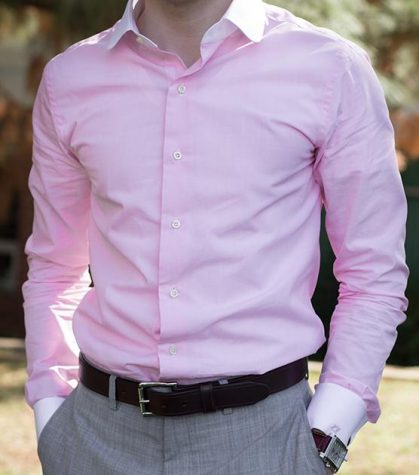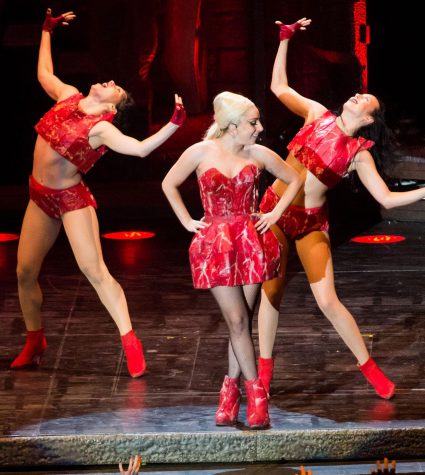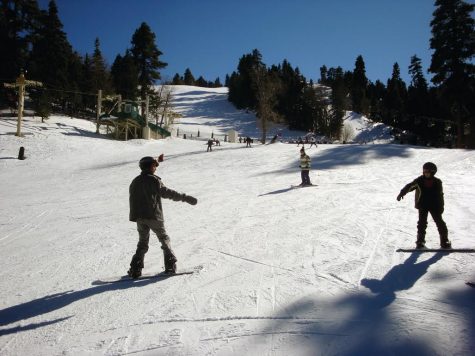Mr. Stroup’s Cinematography program encourages the Industry-Standard
For their final project, students in the Cinematography program had to burn a collection of their video projects onto a DVD using Adobe Encore CS5. Some students had as many as five reviewed videos completed over the semester.
Right next door to Clark Magnet’s state-of-the-art Engineering Lab, aisles of computers can be seen with dozens of students editing, reviewing and creating video in the Cinematography room, taught by teacher Matt Stroup.
Students are able to take the Cinematography program in during their sophomore year. During Cinematography 1-2, students learn about specific shots, camera angles and lighting. Next, the class is taught autonomously with specific courses from Lynda.com, an online video tutorial website. In past years, students learned Final Cut Pro before switching to AVID Media Composer, the industry standard software, in 2012.
Cinematography 3-4 students continue to hone their video editing skills, while also learning how to operate the Newtek TriCaster 855 Extreme, which enables students to record, broadcast, save video and live stream to the internet simultaneously. “The lack of teacher interactions means there is freedom, so you have to set your own schedule,” says senior Gregg Craig Chang. “If you don’t have responsibility skills, you’re on your own.”
Senior Alvin Dela Paz is a Cinema 3-4 student who works with other students to complete newscast-style reports on recent events. Although he acts as a switcher while filming, Dela Paz says he enjoys the editing the aspect of film the most. “It’s creative, since I do like drawing and making things on my own,” Dela Paz said. “You can do much more in the post-production process and you have more control. A lot of things can go wrong during production, but once everything is done, it’s upon you as an artist to edit all of the shots taken to make a film.”
The Cinematography room contains some of the most expensive equipment in the school, with about 20 Windows machines, 15 Mac desktops, one flat-screen television and a soundproof room. The equipment is stored in a locked room, which includes hundreds of wires, dozens several smaller video cameras and tripods. The TriCaster Extreme itself is valued at more than $25,000.
Senior Christopher Kramer, who plans on going to Emerson College in Massachusetts, attributes his interest in film to Stroup’s cinematography program. “When I came here, I didn’t really know what I was interested in,” Kramer said. “When I came to this class as a sophomore, I figured out that I really love movies.”
Kramer currently works with fellow senior Armand Tatavosian to create promotional videos and advertise for the Clark’s Team 696, as well as help Stroup with other videos for the school. Students from Cinematography 5-6 often volunteer to film and edit events such as filming interviews of students from Daily High School and Rosemont Middle School.
However, the praise of the Clark’s cinema program is not just limited current students. After graduating from Clark in 2011, Joshua Kirkwood went on to study film at Brooks Institute of Photography. About one year later, he got a job at KEYT, the ABC-affiliated television station for Santa Barbara, under the title of commercial-producer, where he works today.
Kirkwood attributes much of his success to Stroup’s cinematography program. “I’ve been interested in filmmaking since I was a kid,” Kirkwood said. “When we would go on vacations, I would always grab the camera and be the one shooting the videos. I never really took [filmmaking] seriously until I took Mr. Stroup’s class. It didn’t take long for me to realize filmmaking could become more than a hobby.”













